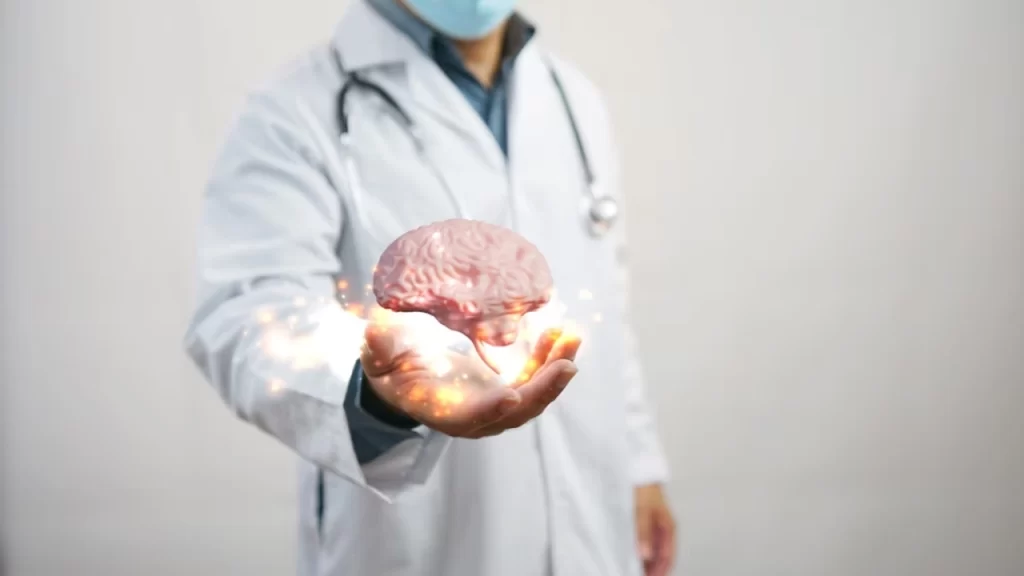- February 5, 2024
- By: Sparsh Hospital
- No Comments
Tactics for Neurological Challenges
The human brain, a complex and intricate organ, is Susceptible to a myriad of Neurological complications that can impact the overall well-being of an individual. Understanding the signs of these problems and recognizing the most common neurological issues is crucial for early intervention and effective treatment.
In this article, we dig into the world of neurological complications, exploring their signs, common problems, and the possibility of finding cures.
Neurological Complications:
The nervous system, consisting of the brain, Spinal Cord, and Nerves, is highly sensitive and can be affected by various factors leading to complications. Some of the neurological complications include:
- Stroke: A sudden disruption of blood supply to the brain, causing damage to brain cells.
- Epilepsy: A disorder characterized by recurrent seizures due to abnormal electrical activity in the brain.
- Migraines: Severe headaches often accompanied by nausea, vomiting, and sensitivity to light and sound.
- Multiple Sclerosis (MS): An autoimmune disease that affects the central nervous system, leading to communication problems between the brain and the rest of the body.
Signs of Neurological Problems:
Recognizing the signs of neurological problems is essential for early diagnosis and intervention.
Some
Common Symptoms include:
- Headaches: Persistent or severe headaches that do not respond to over-the-counter medications.
- Seizures: Uncontrolled shaking or convulsions, indicative of abnormal brain activity.
- Vision Problems: Blurred vision, double vision, or sudden changes in vision.
- Difficulty Speaking or Understanding Speech: Slurred speech, difficulty articulating words, or trouble understanding language.
Most Common Neurological Problem:
While there are various neurological issues, one stands out as the most prevalent:
Migraines:
- Prevalence: Migraines affect over 1 billion people worldwide, making them one of the most common neurological problems.
- Symptoms: Intense throbbing headaches, often accompanied by nausea, vomiting, and sensitivity to light and sound.
- Triggers: Stress, hormonal changes, certain foods, and environmental factors can trigger migraines.
- Treatment: Medications, lifestyle changes, and stress management techniques are often used to manage migraines.
Can Neurological Problems be Cured?
The question of whether neurological problems can be cured is a complex one, as it depends on the specific condition. However, advancements in medical research and technology provide hope for improved treatments and potential cures in the future.
- Stroke: Early intervention and rehabilitation can significantly improve outcomes, but a complete cure may not always be possible. Research into regenerative therapies shows promise for the future.
- Epilepsy: While epilepsy cannot always be cured, medications and surgical interventions can help control seizures, allowing individuals to lead normal lives.
- Multiple Sclerosis (MS): There is no cure for MS, but disease-modifying therapies can slow its progression and manage symptoms. Ongoing research aims to develop more effective treatments.
- Parkinson’s Disease: Current treatments focus on managing symptoms, but researchers are exploring gene therapy and other innovative approaches for potential cures.
- Migraines: While migraines may not have a definitive cure, various medications, lifestyle changes, and emerging treatments offer effective ways to manage and reduce the frequency of attacks.
Conclusion:
Navigating the landscape of neurological complications requires awareness, early detection, and ongoing research for effective treatments. Understanding the signs of neurological problems and the most common issues empowers individuals to seek timely medical attention. While a complete cure may not always be achievable, advancements in medical science provide hope for improved outcomes and a better quality of life for those affected by neurological conditions.

